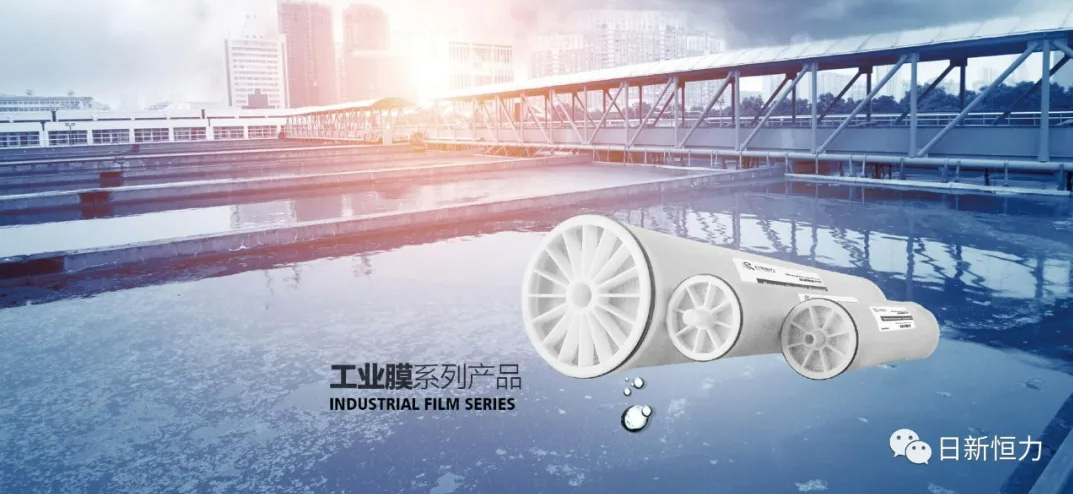News

Ningbo Rixin Hengli Technology is a company
under the "National Thousand Talents Program"
High tech enterprises established by specially appointed experts
Reverse osmosis membrane is the core component for achieving reverse osmosis and is also an artificially made semi permeable biological membrane. However, long-term use will result in a large amount of dirt. So, how to clean reverse osmosis membrane using chemical cleaning? Today, let's learn about it.

1. Add enzyme detergent and treat the membrane with enzyme detergent. It is particularly effective against organic pollution, especially against organic substances such as proteins and oils. If it is better to operate at 50-60 ℃, it usually runs for 10 days. After one or half a month, wash the membrane once with 1% enzyme detergent under low pressure. Due to the low concentration of enzyme additives used, a longer immersion time is required.
2. Rinse the citric acid solution continuously or cyclically with a 1% -2% citric acid aqueous solution under high or low pressure. This method has a good cleaning effect on Fe (OH) 3 pollution.
3. Ammonium citrate solution, citric acid solution with ammonia or solutions with different pH values, HCL can also be added to the ammonium citrate solution to adjust the pH value to 2-2.5. For example, 277g of ammonium citrate is dissolved in 190L deionized water, and the pH value of the solution is adjusted to 2.5 with HCL, and the solution is circulated, and washed in the membrane system for 6 hours. The effect is very good. If the solution is heated to 35-40 ° C, the cleaning effect will be better. This solution has a good cleaning effect on inorganic substances, but the cleaning time is relatively long.
4. Concentrated saline solution can effectively clean membranes that have been severely punished for limb contamination. This is because high concentration saltwater weakens the interactions between colloids and promotes their aggregation to form micelles.
5. Dilute the hydrogen peroxide solution with 12L of deionized water, such as 0.5L, 30% H2O2, and then clean the membrane surface. This method is particularly effective for organic pollution.
6. Sodium hypochlorite and formaldehyde solutions, for bacterial contamination, different treatment measures are taken according to different membranes. Aromatic polyamide membranes can be washed with 1% (by weight) formaldehyde solution, while continuously analyzing the reverse osmosis concentration to maintain a residual chlorine of 0.2-0.5mg/l to prevent bacterial growth.
7. Oxalic acid and EDTA solution are used to precipitate metal oxides on reverse osmosis membranes, preferably washed with oxalic acid and EDTA solution.
8. Water soluble lotion is very effective for cleaning the membrane polluted by oil and iron oxide. Usually clean for 30-60 minutes. If you want to know more, you can follow our official account and update the reverse osmosis membrane knowledge irregularly.
